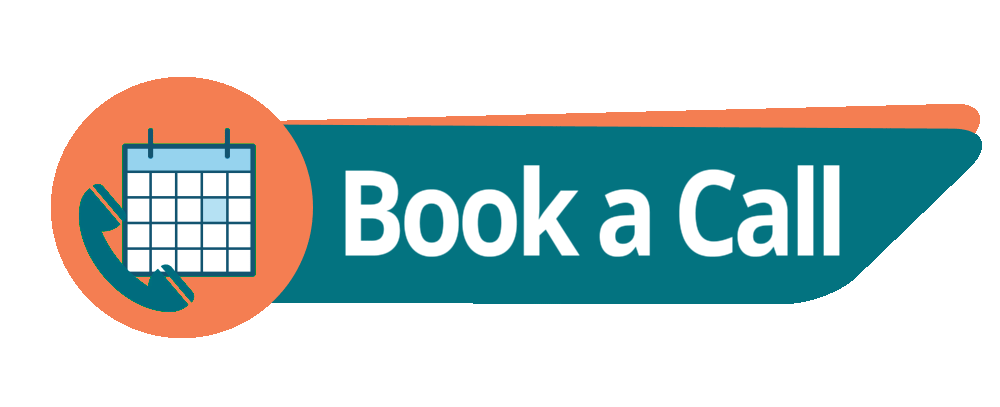Playing a dominant role in both, consumer and B2B markets, search engine marketing (SEM) is one of the most cost effective ways to increase your online sales. When it comes to B2B marketing, search engines are often used in the early to mid stage of the sales cycle where your product or service is thoroughly researched and assessed. Consumer sales on the other hand, can often occur immediately and at a much faster rate.
With SEM, the culmination of your efforts lies in achieving higher levels of traffic, and ultimately sales, through the use of multiple SEM tools and techniques. The more keywords you rank for and the higher your rank on each will determine your overall ranking and will result in more web traffic and increased conversions.
Among search engines, Google is the undisputed master and commander, with 85% of the market share, worldwide. Comprehensive surveys show that 95% of online shoppers use Google as their first resource when attempting to locate a potential online purchase. However, this doesn’t mean that other engines should be disregarded, given that they form lucrative niche markets.
Nonetheless, achieving a high page rank on Google will take a combination sponsored listings, PPC advertising and organic SEO. Here is a brief overview of each of these SEM strategies.
Contextual Advertising
Advertisers often pay search engines to run their ads on an affiliate advertising network. By specifying a particular set of keywords, a market segment, geographic area and a number of other selects (including specific websites), advertisers are able to define a target audience. The search engine then proceeds to crawl through its network of websites and sorts them into categories based on the specifications of different marketers.
Following this, the ads are published on the related sites.
Given that there may be a limited number of sites within each particular specification and limited ad space on each site, ads are randomly published on a rotational basis. Google AdSense is an advertising program that runs ads on the Google Affiliate Network. The largest and most popular contextual advertising system in use AdSense charges on a PPC basis.
Pay-per-click (PPC) and cost-per-impression (CPI)
are essentially, two of the most popular contextual advertising pricing models. PPC essentially means that you are charged a fee every time a user clicks on your ad, whereas CPI charges are dependent on the number of times your ad is loaded onto a page.
Sponsored Listings
Sponsored or paid-for listings are a SEM avenue where companies may be included in a search engines index for a fee. There are two kinds of sponsored listings, paid inclusion and paid placement.
With paid inclusion, you are charged a fee to be listed in a SERP for any number of given key words or phrases. The more key terms you are listed under the higher the fee. This however, doesn’t guarantee that your website will be among the top three listings on any SERP, it merely guarantees inclusion.
A paid placement program, however, guarantees you a spot on the top three listed results for a particular keyword and consequently is far more costly, with fees that are often charged on a PPC basis. As a result, a spot on a paid inclusion program will increase web traffic while being proportionately expensive.
When it comes to paid placement, PPC often functions on a bid-based model, where a marketer indicates the maximum that he is willing to pay for a particular listing through an automated bid management system.
The auction winner, along with a number of runners-up, is then required to pay for each click generated by the listing. The amount paid per click is tied to the amount bid by the marketer. Auction winners will generally have their listings placed in the choicest of positions while runners up will be placed below them or in a more disadvantageous position.
Organic Search Engine Optimization
The key focus of search engine optimization is to increase your sites prominence among search engines through the use of organic or unpaid-for strategies. This essentially translates into placing your company among the first three listed results on a SERP for a given key word or phrase.
To achieve this there are a host of SEO techniques that are broadly divided into on-page and off-page strategies. Off-page methods of boosting visibility including cross-linking, submission and link building, social network marketing and article distribution, to name a few.
On-page approaches comprise meta-tagging, creating fresh and unique content, tweaking URL structure, tracking targeted keywords and several more. We will have a more detailed discussion of organic SEO in the coming weeks.
So, in a nutshell, this is essence of SEM.
Next week we’ll discuss some of the best strategies involved in running a successful PPC advertising campaign.

